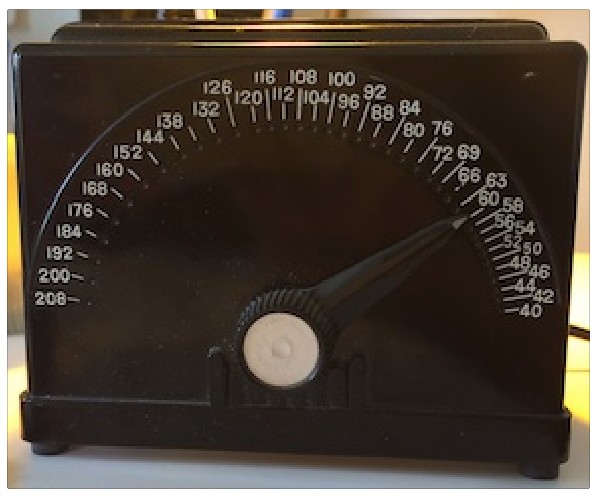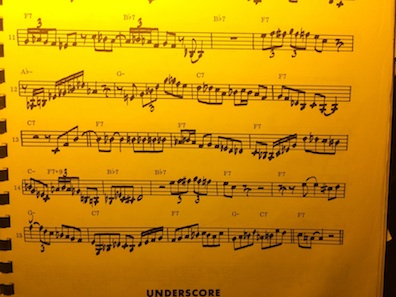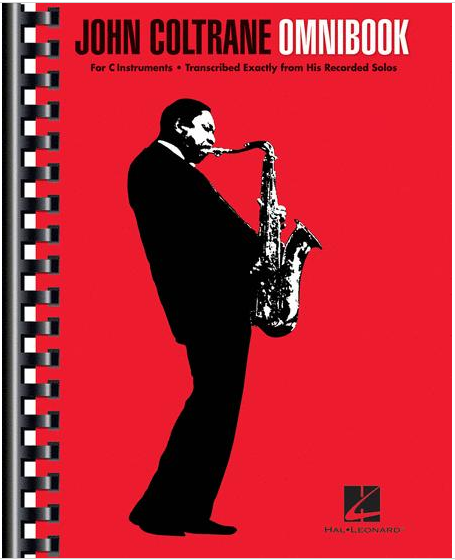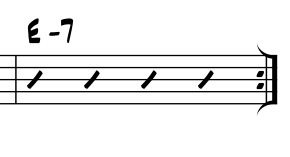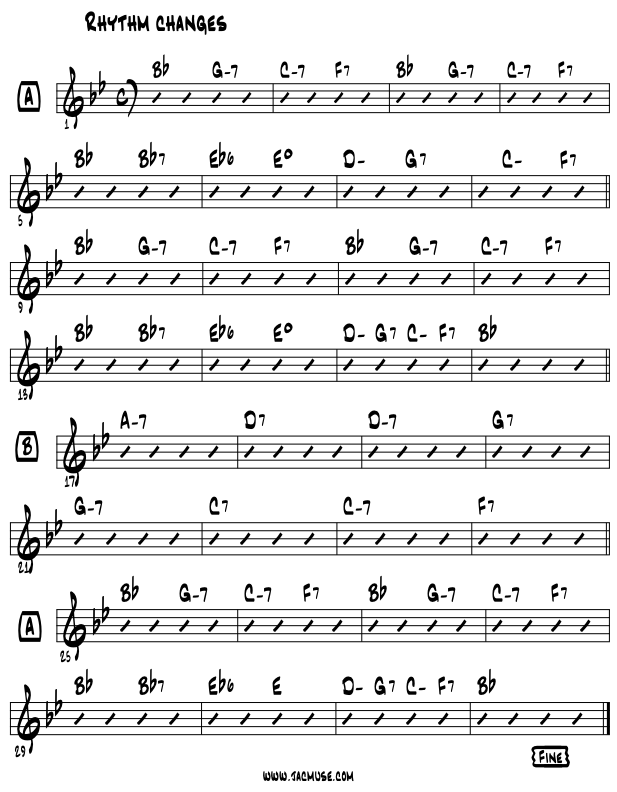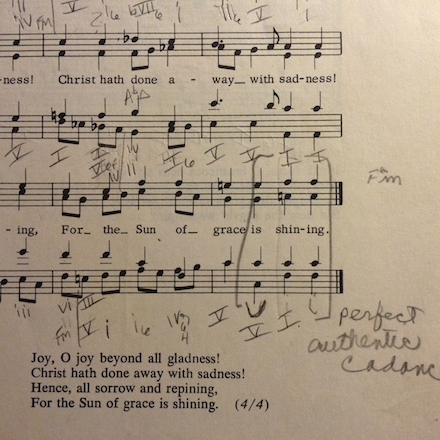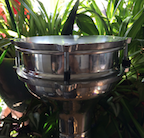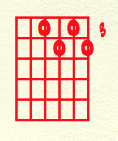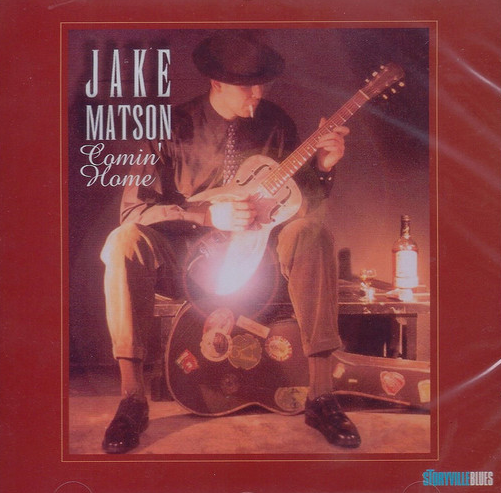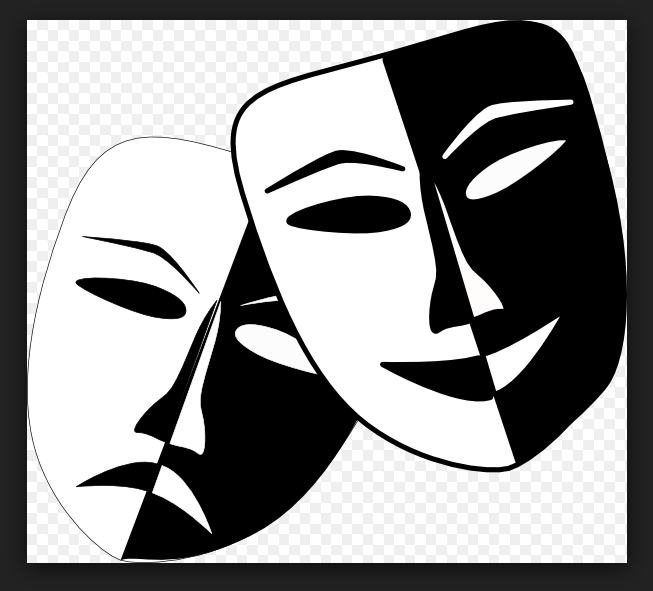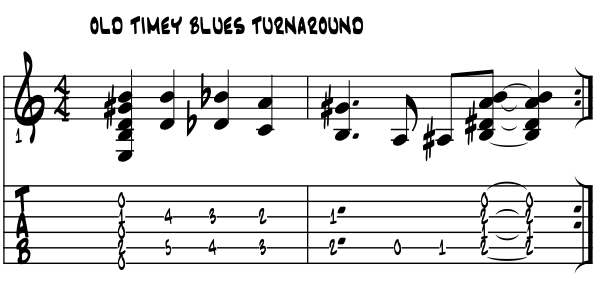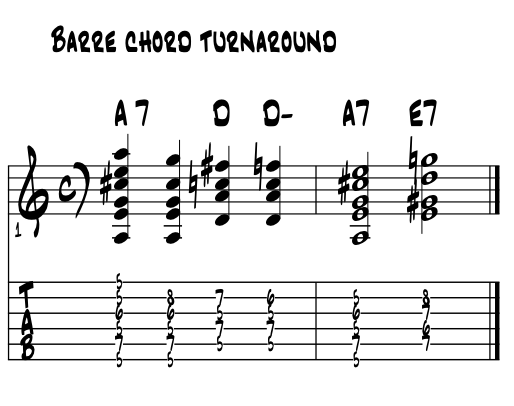Innovators create modern jazz. There has always been a modern jazz. Modern jazz is simply the next generation of players who advance what they are bequeathed musically. When the term jazz was first coined and pianists Scott Joplin and Eubie Blake came along, they were modern jazz cats. Then a younger Buddy Bolden and King Joe Oliver, horn players, come along and modernize jazz, they were innovative players in perspective to the existing music of their times.
Then Mr. Oliver's protege Louis Armstrong with his new modern swing in the 20's, then modernizers Benny Goodman and guitarist Charlie Christian and their newer handling of the diminished colors, followed 10 years later by the super modernists in their day arpeggio wizards Charlie Parker and time master Dizzy Gillespie and their bebop, which exhausted a combined diatonic environment and the blues at blistering tempos, all to became the new moderne sounds of the 40's.
Modernizers Miles Davis and Bill Evans blend in modal and the new cool becomes the modern sound of the 50's, hugely popular. John Coltrane's 'sheets of sounds' and onto "Giant Steps", a new more 'cubist' or angular harmonic scheme, becomes a song form that adds a new, fully modern dimension for modern leaning, up and coming players, pro's too, basic shedding and musical challenges. In "Giant Steps", that Coltrane blisters the 'time' too, sets a new modern standard for everyone.
In the 60's, modern new jazz now includes new melodies from the ancient pitches. Melody masters including Paul Desmond and Chet Baker recreate our timeless Americana lyricism of melodies, with horn tones and a sense of swing that can catch the 'ear' of everyone, make a foot pat.
The 60's modernize our musics with the bossa nova songs of Antonio Jobim, fully beyond borders now, the super natural sway of the 'in a 2 feel' rhythms become the foundation stones for a full weave, 50 plus years of evolution to today's modernes who weave the 'Latin influences' with '2 and 4' basis of swing, which today dominate some of the airwaves and concert halls, all to the dancer's delights.
In the 60's, Art Blakey leads the groups of the "Jazz Messengers', which brings the older into the modern as hard bop, a combination of deep gospel and the blues, energized by a new old modern articulation of the 'pull of swing', creating new vistas in time, with African, Latin and Americana rhythms and phrasing, connecting their listeners to the full historical of Americana melodies, deeply blue dance infused.
In the later 60's Herbie Hancock, Chick Corea, Tony Williams and Wayne Shorter, each along the way with a Miles Davis led group, set in a new modern era of composing, codifying the modern chromaticism with new ways to swing.
Saxophonist Ornette Coleman leads the early 'free jazz' players, a bit later including guitarist Pat Metheny, who along with bassist Jaco Pastorius, find their own brand of new modern for guitar and electric bass with drums in a trio setting. Later, their live sound, and by weaving of global musical elements and its presentations, become new heights for creating community through concert performances and recordings of modern jazz musics.
In the 70's a returning to our New Orleans roots with the interpretive musics of trumpeter Wynton Marsalis. Combining the above described modernizations while crossing over into the European classical library and literature, this new blend strengthen's the massive 'Amer Euro root', that has anchored our Americana musical family tree since birth., supporting the endless weaving of the limbs and branches of the creative arts that includes everyone.
We've today all of this jazz history, our musical ancestors and their music to challenge us to become modern jazz players of today, or not as we each evolve, but collectively encourage us to have the courage to leave no musical Americana stone unturned in the pursuit of modernizing art and its help in shaping and recording for posterity the lives, times and social and physical worlds in which we each create and live within.
There's a theory evolution in all of this, delineated by historical era; from diatonic to non-diatonic, from tonal to atonal, from inside to outside, from age old traditional cycles evolving into new symmetrical patterns of pitch, that bring forth new untapped energies for creating the new music of today, to tell and share our modern stories and help create and insure a better world for those to come after ... ah yes ... the life, the times, the evolutions and the exciting pursuits of the artista modernistas of today :) R.O.





